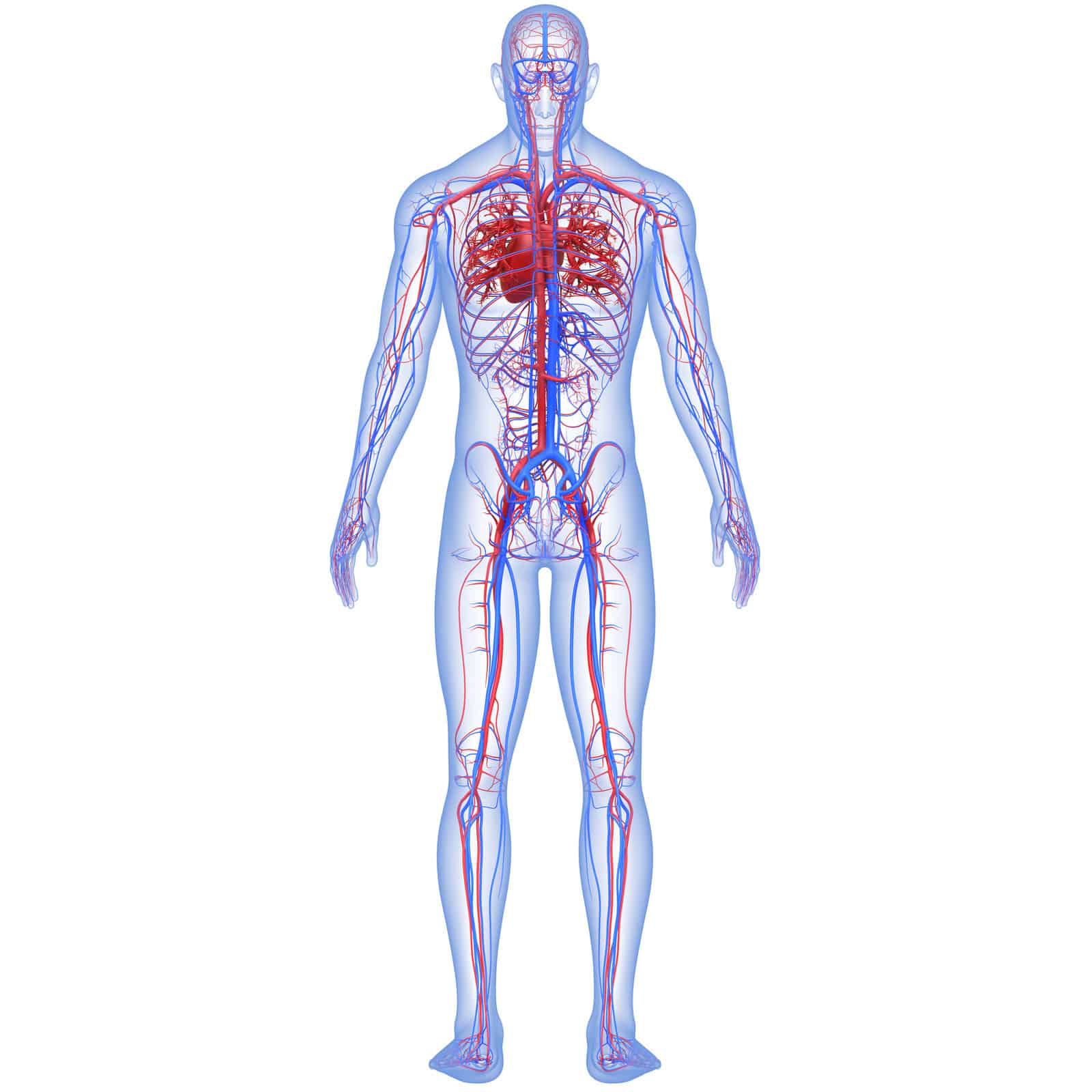Veins

Veins are the blood vessels that carry deoxygenated blood from other parts of the body back to the heart. Most veins are relatively small, but some, like the iliac vein, can be quite large. Veins are an important part of the circulatory system, as they help to return blood to the heart.
There are three types of veins: superficial veins, deep veins, and perforating veins. Superficial veins are the veins that are closest to the surface of the skin.
Deep veins are located deeper in the body and are often found alongside arteries. Perforating veins connect the superficial and deep vein systems.
The walls of veins are thinner than those of arteries and are not as strong. This is because the blood pressure in veins is much lower than in arteries. Veins also have valves that help to keep the blood flowing in the right direction.
Veins are an important part of the circulatory system, as they help to return blood to the heart. Without veins, the blood would not be able to circulate properly and would not be able to oxygenate the body's tissues.